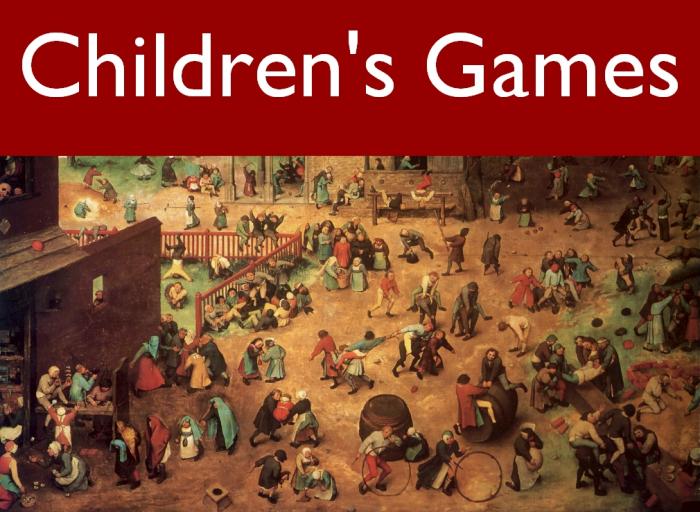
Scholarly Pursuits
Last September, we launched our Scholarship Programme at Eversfield with a group of six children from Form Three. These children, who were selected based on their performance in a competitive exam, get together every Thursday lunchtime to take part in a range of extension activities, which are entirely separate from the normal school curriculum and, above all, are designed to make them think. Now that we are well into our second term of the Scholarship Programme, I thought it would be a good time to give you an update on our progress.
We started with an exciting activity called Routes Around School. As you may be aware, at the heart of Eversfield is an old Victorian house which has been greatly adapted and extended over the years. It is such a rabbit warren that I was still discovering new rooms and staircases five years after I started working here, and the challenge I set the scholars was to find as many different ways as they could to get from the music practice rooms to the Denney. Their maps were astonishingly detailed and ingenious, as you can see from the two examples I have included here.
Mathematical puzzles can be fun, but they can also be intensely infuriating. The first ‘squares’ puzzle proved tricky to solve. I asked the scholars to move two matchsticks to create seven squares where there had previously only been four. When I set this up, I didn’t think it was terribly difficult, although of course I did have the advantage of having the solution in front of me. My aim was to encourage the children to adopt a trial and error approach, and to persevere if their first attempts proved unsuccessful. However, they were quite cross with me when I intervened, showing them what to do, because they hadn’t considered the possibility of creating smaller squares. The second puzzle was a tiny bit easier, given that the size of the squares remained constant, but the challenge lay in identifying which squares should be moved.
We also investigated consecutive number patterns. If you add 1 + 2, 2 + 3, 3 + 4, 4 + 5 etc., you will make a pattern of odd numbers. I discovered this myself whilst planning a curriculum lesson, and I was so delighted I decided to take the concept further with the scholars. What if, for instance, you add consecutive odd numbers? You get the four times table, of course! On another occasion, I challenged the group to make 1 using the digits 3, 3, 3 and 3, using any or all of the four operations of number. We needed a quick tutorial on how brackets work in calculations, and then we were away, setting out our calculations as follows:
(3 ÷ 3) + (3 – 3) = 1
(3 ÷ 3) + (3 ÷ 3) = 2
(3 x 3) – (3 + 3) = 3
Can you work out how to make four?
As a complete contrast, another week we looked at a painting called Children’s Games by Peter Bruegel the Elder. This wonderful painting, which I had the pleasure of seeing in real life last year in Vienna, is full of little groups of children playing games. I asked the scholars to identify each game, to establish whether it is still played now and, if not, to think of the nearest modern equivalent. In the club, we have also turned our hand to coding, and we have spent time inventing new zany flavours for ice cream. Luke, Shriyaa and Ela told me this was their favourite activity.
More recently, the children were forced to think outside the box when I gave them the task of coming up with as many things as possible that you can catch. Working alongside the group on this occasion, I was impressed with my own suggestions of ‘a cold’ and ‘a bus’, but Shriyaa completely trumped me with her idea of catching a butterfly. Why didn’t Ithink of that?
I also asked the children whether they would rather be a piano or a telephone, giving me reasons for their decision. Oliver thought he would like to be a piano because he believed the sensation of being played would be rather like someone tickling your back. Aidan used actions to demonstrate why being a telephone would be extremely uncomfortable. Imagining his left arm to be the receiver, he believed it could end up being quite painful, particularly if it was a long conversation. We then went on to consider whether we would prefer to be a diamond or a tree. Vivienne suggested a tree because she liked the idea of providing tasty fruit for people to eat. For me, the supplementary questions were the most rewarding. How would it feel, I wondered, to have your fruit picked? Would it hurt? And if, as Aidan suggested, you were a Christmas tree, how would you feel about being wood chipped in the New Year?
When we started the Scholarship Programme, we were all a little uncertain as to what we should expect, but it has turned out to be a highly rewarding experience. From my own point of view, I feel privileged to work with such dedicated and hardworking children, and I have learnt a lot from them, which is the most rewarding thing of all.